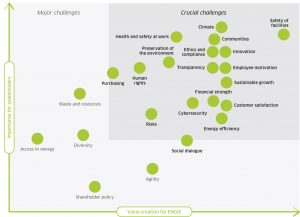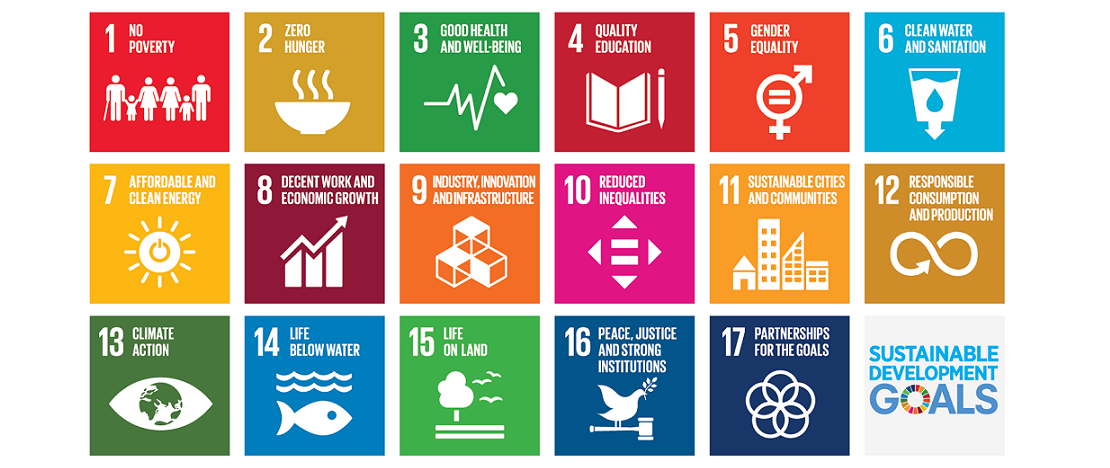Over the last few months I have been asked to prepare a number of different talks in Europe and Asia about sustainability with a focus on specific industries including mining, soft drinks, banking, and oil & gas.
In preparation for the talks, I first reviewed the different ratings agencies that pay attention to these things as I wanted to highlight the leaders in the different industries. I then looked in some detail at the leading companies sustainability reports and saw a common thread throughout the reports which cut across industries and even geographies.
What I saw is that companies all over the world are adopting the UN’s Sustainable Development Goals as an integral part of their sustainability agenda.
The 2030 Agenda for Sustainable Development was adopted by all United Nations Member States in 2015. At its heart are the 17 Sustainable Development Goals (SDGs) which include ending poverty and hunger, providing water and sanitation, promoting gender equality, and of course tackling the problems associated with the environment including air and water pollution and climate change. The large number of goals are then broken down into 169 specific targets
What the leading companies are doing is to explicitly link their own sustainability and broader Corporate Social Responsibility agenda to the 17 goals and their more specific targets. Most companies that do this have selected the 4-6 SDG’s that they feel are particularly relevant given their line of business, geographic location, and the specific concerns of their customers, employees, shareholders and other stakeholders.

Typically the selection of which goals to pursue come out of a materiality matrix in which the company publicly looks at many of the issues facing it and society in general and then ranks them as being important for the world on the one hand and the company on the other. Obviously the matrix for a bank will be different for that of an oil and gas or a mining company and there also be differences in different parts of the world.
I was asked several times over the last few months if I thought the lists of initiatives and progress that the reports refer to were something new or were in fact the same activities repackaged using the SDGs as a communication framework.
What I see in looking at the lists of activities is that many of them have been going on long before the SDGs were published. In many cases the focus has been on reframing activities that the company was already doing and using the structure of the SDG’s to tell the story.

The Coca Cola company, for example, began its efforts to manage its global water footprint in 2004 after it was forced to close a bottling plant in a village in the province of Kerala in India. Coke was charged with using up much of the villages ground water to the detriment of the local population. Since then, Coke has embarked on a comprehensive program to reduce its water footprint in the worldwide operations of itself and its bottlers and to invest in developing additional water resources.
The program has proven hugely successful and Coke was able to determine that it is water neutral since 2015, 5 years ahead of its 2020 goal.
In my view there is nothing wrong with this approach and I do think it is actually very positive because the SDG’s are becoming a common language with which to discuss the issues connected to both social and environmental sustainability.
What it also allows for is to easily look at those activities that a company is doing and to consider to what degree certain initiatives might be missing or could be added. In my view the fact that Coke now talks about water in terms of goal number 7, does not take anything away from the story.
Businesses around the world appear to be embracing the SDGs as a language with which to communicate their activities and this is yet another example that we appear to be reaching a tipping point in terms of business accepting sustainability as a useful way of interacting with civil society for business.


